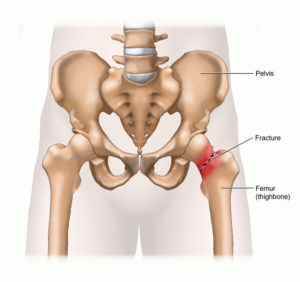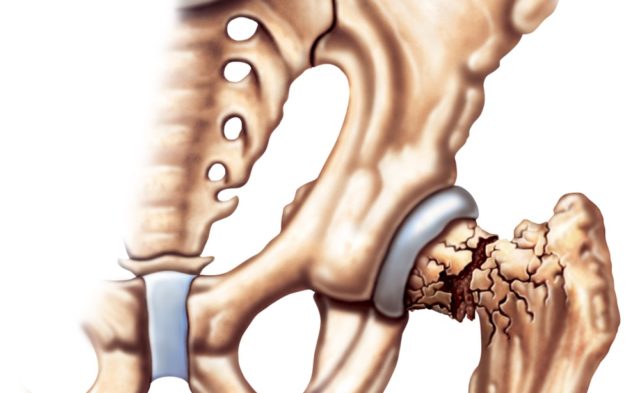The risks of osteoporosis: Osteoporosis is a skeletal systemic disease characterized by a decrease in bone mass and a deterioration of bone microarchitecture. It implies an increase in bone fragility and subsequent risks of fracture.
What are the causes?
Osteoporosis appears when there is a lack of both the proteins that make up the bone matrix and the calcium mineral salts that they contain.
As a consequence, the bone is less resistant and break more easily than normal. Bones have less resistance to falls, resulting in fractures or microfractures.
Related article: What are the symptoms of osteoporosis?
What are the risks?
The greatest risk for patients with osteoporosis is to fall (even a simple fall). If a young person falls, it could represent an annoying fracture that takes a long time to heal. But in the case of an older person with osteoporosis, the greatest risk can be a hip fracture with serious consequences.
What are the most frequent fractures?
The most common fractures in osteoporosis are those of the proximal femur, humerus, vertebrae and distal forearm (wrist).
Vertebral fracture
In these cases, the patient presents a very intense acute pain that appears when he makes slight efforts, such as moderate weight load, or slight trauma.
The patient will have a contracture that will prevent him from performing certain movements of the spine. The crisis usually lasts two to three weeks and the intensity of pain will decrease progressively in the following three months.
Occasionally, a vertebral fracture may appear without the patient perceiving any symptoms, or it may cause discomfort that is not intense enough to demand assistance.
 Hip fracture
Hip fracture
This section includes all fractures ranging from the head of the femur to approximately 5 cm from the lower trunk.
Hip fractures are indicative of osteoporosis when they occur after low-energy trauma, such as a fall when the person is standing. High energy fractures, such as those that occur after a traffic accident, are not considered a symptom of osteoporosis.
Within hip fractures, there are two types that have different clinical manifestations.
-In one case, the patient has moderate pain in the inguinal region. In addition, they have somewhat limited hip movements.
-The other scenario is that the patient will have severe pain and very marked functional impotence.
Distal forearm fracture
It covers fractures of the distal extremity of the radius. This type of fractures associated with osteoporosis is related to a low bone mineral density and the presence of low-intensity trauma, such as a fall on the hand.

